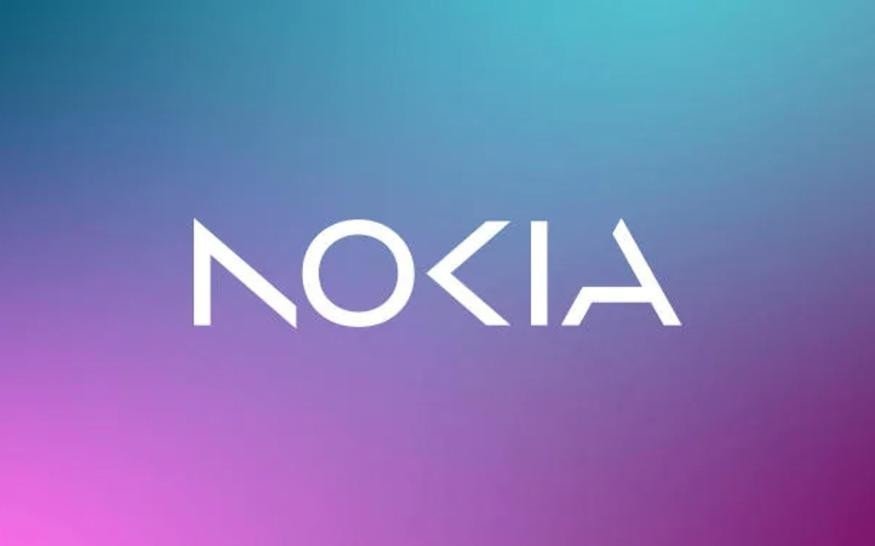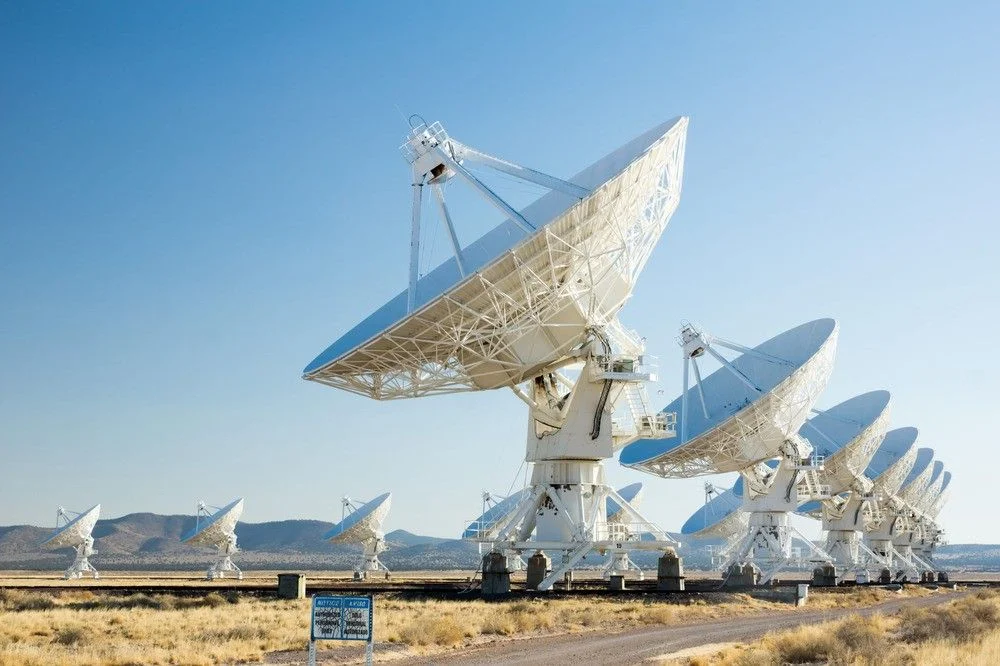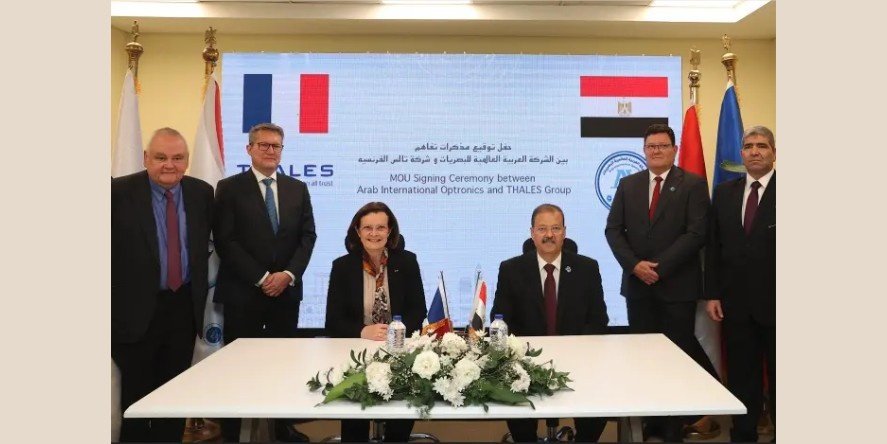Dubai — A new Nokia Mobile Broadband Index Report 2025 forecasts that by 2030, 82% of all mobile connections in the Middle East and Africa (MEA) will operate on 4G and 5G networks, underscoring the region’s accelerating digital transformation and shift toward high-speed, data-centric connectivity.
According to the study, 5G adoption will play a central role in driving innovation, enabling smart cities, powering enterprise solutions, and fostering economic growth across the region. Nokia projects that 5G subscriptions will reach 605 million in MEA by 2030, accounting for 53% of total mobile data traffic.
The Gulf Cooperation Council (GCC) will lead this transition, with 91% of mobile subscriptions expected to be on 5G—the highest penetration rate in the MEA region.
5G FWA: Fastest-Growing Broadband Solution
The report highlights the rapid rise of 5G Fixed Wireless Access (FWA), whose market share is forecast to more than double from 15% in 2023 to 35% by 2030. This growth reflects a strong regional move toward advanced fixed wireless broadband, offering faster deployment and lower infrastructure costs than traditional fiber.
FWA’s momentum is being fueled by the maturity of 5G networks, which now provide reliable, high-speed connectivity to homes and businesses in regions where wired broadband remains limited.
5G as the Engine for Digital Transformation
Mikko Lavanti, Senior Vice President of Mobile Networks, MEA at Nokia, emphasized that 5G investments are unlocking transformative possibilities for both consumers and industries:
“Significant investments in 5G technology are being made by operators in the MEA region, which will serve as the engine to enable IoT, smart cities, and enterprise solutions. These advancements will drive use cases such as autonomous transport, smart agriculture, and advanced healthcare powered by real-time analytics.”
Lavanti added that the integration of 5G with AI and edge computing will help industries optimize operations, improve productivity, and deliver new digital experiences, setting the stage for a more connected and intelligent economy.
Future Outlook
As smartphone affordability rises and governments push digital transformation agendas, Nokia’s report positions 4G and 5G as the dominant connectivity backbone across MEA. The findings affirm the region’s growing readiness for IoT, Industry 4.0, and next-generation enterprise applications, making broadband access a key pillar of sustainable development and economic diversification.















